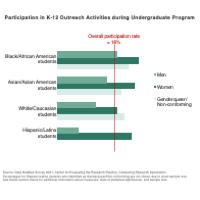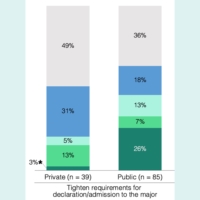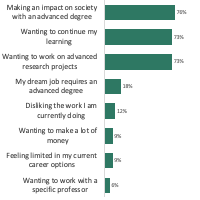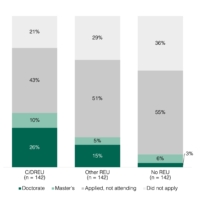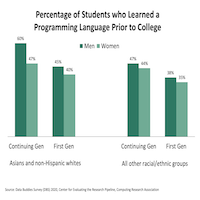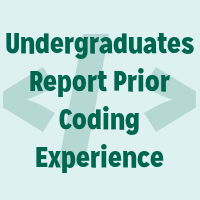
How do Current Students Pay for Their Degree Programs?
As prospective students consider postsecondary degree programs, a common question that emerges is how to pay for that program. What are the more common funding sources that students ultimately use? CERP investigated how students at different degree types pay for their program, as reported in late 2021.


